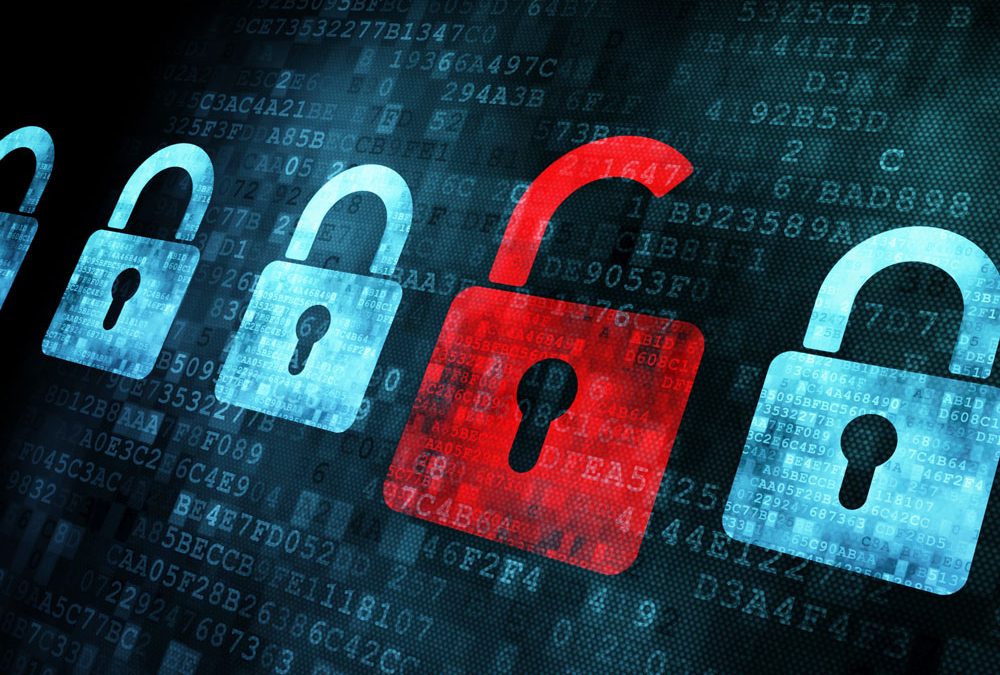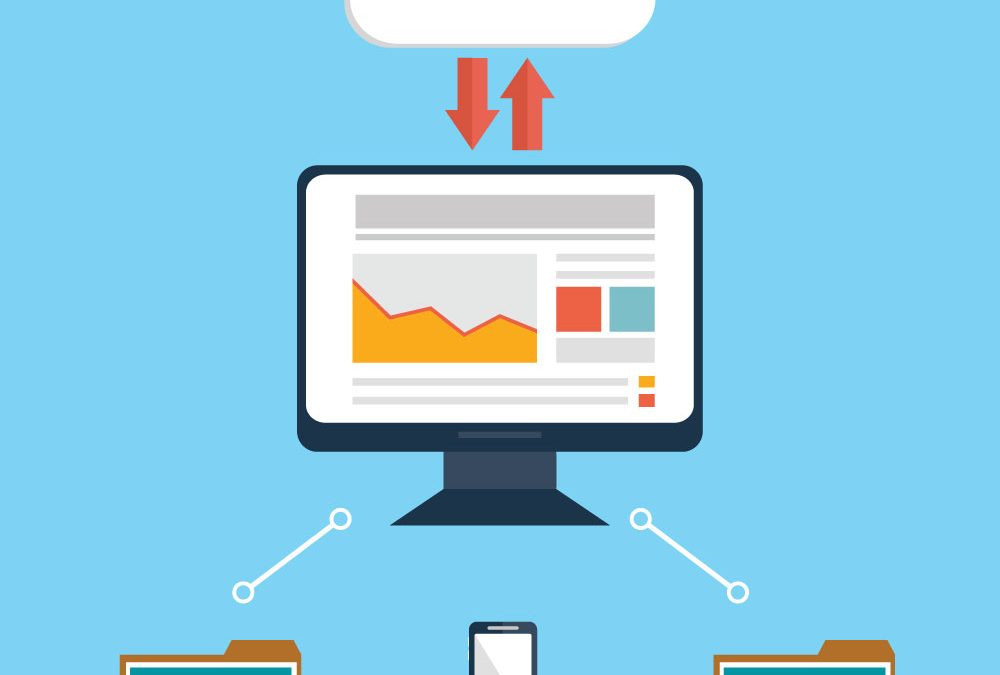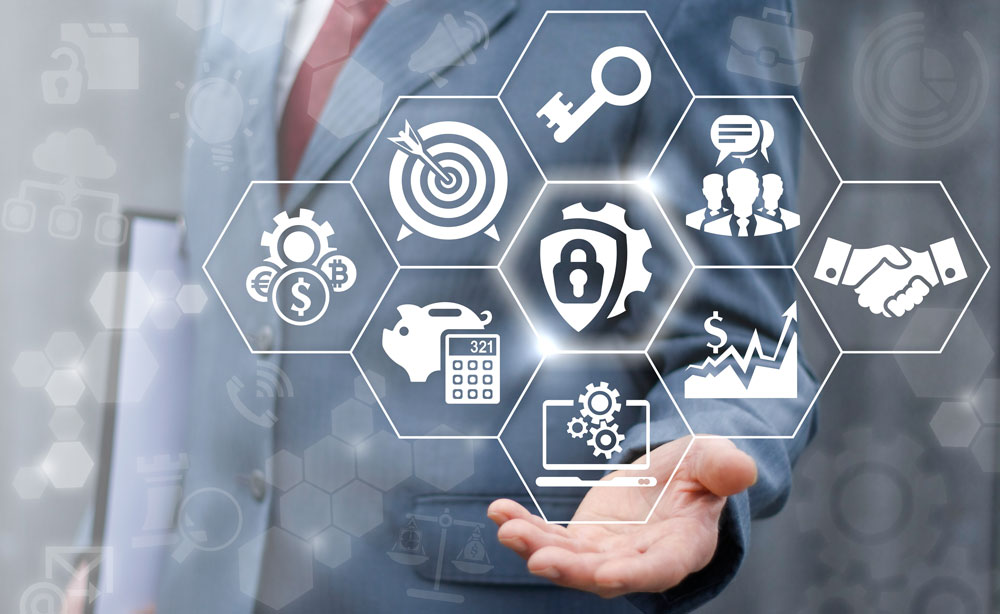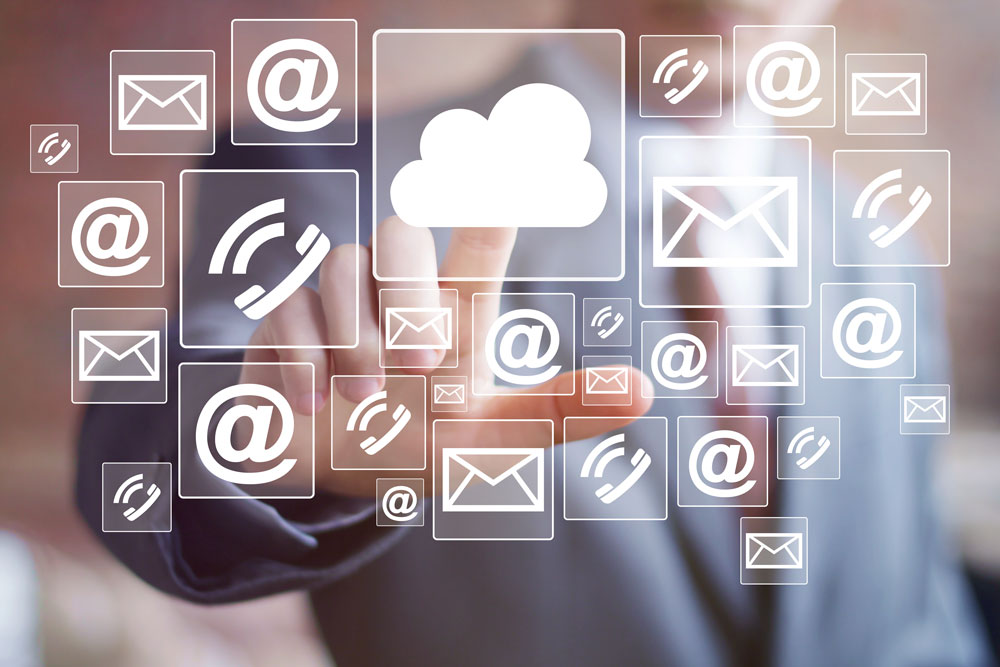
The Human Side of Network Security
As Technology grows, so does the complexity of threats to your network–hackers infiltrating your network and stealing passwords, infection of your network with malware, phishing schemes, and even cybercriminals masquerading as your own IT staff, all these pose risks to your network’s security. Your network is only as strong as its weakest link. And sometimes, that weak link is your human capital.

Is the Public Cloud Right for Your Business?
Migration to the cloud has become more common over the years, with more and more companies moving to the Cloud each day. Benefits of the Cloud extend to many if not all business systems—Communication and Collaboration, Email, file sharing and data storage to name a few. Read on to learn more about how companies, especially small to medium-sized businesses, are using the public cloud for their operations.

Building a Solid Security Foundation in the Cloud
With more and more businesses putting their data in the Cloud, most agree the benefits of doing so outweigh the risks. However, there are still risks to consider, both before and after selecting a Cloud Service Provider. Read on to find out about these as well as to learn how to manage security in the Cloud.

Planning for Disaster Recovery
We hear in the news every day about natural disasters such as fires, floods, storms and even earthquakes, and know the damage they cause. But what about the potential consequences for your business? What if your business stays closed for a period of time, and loses revenue because your information systems are unavailable? Or if a cyberattack occurs that results in a data breach that compromises your business’s reputation? Read on to learn more about how to make a disaster recovery and business continuity plan.

Keeping Your Network Secure
A network is only as strong as its weakest link, and if that weakest link is your security, that can compromise the revenue and the reputation of your business. Attacks just from ransomware have increased over the years, by 200% between 2015 and 2016 alone.

Keeping Network Expenses in Check
Your network is the backbone of your technology infrastructure, enabling your business to run smoothly. But are you using it in the most cost-effective manner, getting the most for your technology budget? Read on to find out more about how to keep network expenses in check.

Is Your Network Ready for Business?
Your network is under continuous pressure to keep up with the growth of your business. Broadband networks providing instant connectivity are a core requirement for most businesses. Your network needs to provide fast access to Cloud Services including Email, Online Backup, Unified Communications, Call Center and other applications.

Aim for the Cloud
The time may be right for your business to move to the Cloud. With its many advantages, including cost savings, security and flexibility, cloud computing also gives businesses a competitive advantage, allowing employees to work any time, anywhere. According to an article by Forbes.

Cloud Adoption and Software as a Service (SaaS)
Most businesses today have adopted some form of Cloud Computing and Software as a Service (SaaS) to run their business. According to a recent article by Forester Research,“SaaS Improves Business Results Due To Greater Innovation and Agility — And Is Increasingly The Foundation for Business Opportunities.” Rather than investing up front in costly infrastructure, implementation and configuration, Cloud Computing using Software as a Service provides an economical and turnkey approach to access the latest technology at an affordable price. Here are some examples.

Network Security Precaution for Meltdown and Spectre Vulnerabilities
The technology industry is working to patch two network security flaws known as Meltdown and Spectre Vulnerabilities. These hardware bugs can expose information being processed or stored in memory on your computer.
